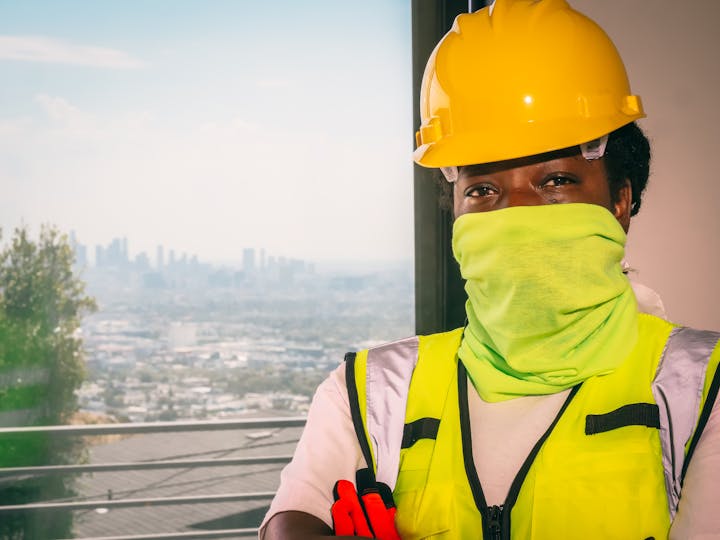Industrial sites, especially those in agriculture, chemicals, brewing, mining, and similar sectors, routinely handle hazardous or corrosive liquids in significant volumes. With that comes the ongoing risk of spills, leaks, and environmental contamination. A major spill doesn’t just jeopardise health and safety; it can also lead to operational downtime, hefty fines, and long-term damage to a company’s reputation.
Fortunately, preventing spill disasters is largely a matter of consistent and proactive risk management. Let’s explore the practical, simple measures businesses can implement to minimise the chances of a small leak turning into a major incident.
Conduct Regular Risk Assessments
Understanding where and how spills might occur is the first step to preventing them. Risk assessments should be conducted periodically across all storage, handling, and transportation areas involving bulk liquids or chemicals. This includes:
- Evaluating chemical compatibility between substances and storage materials
- Reviewing loading/unloading procedures
- Inspecting seals, valves, and pipework
- Checking spill response procedures for currency and adequacy
By identifying vulnerabilities in infrastructure or process design, operators can take corrective action before problems arise.
Stay Compliant with Environmental Regulations
Regulations governing hazardous substances vary by region and sector but typically include mandates on secondary containment, labelling, storage conditions, and disposal methods. Adhering to these rules not only avoids fines—it often enhances overall safety and operational discipline. Referencing Safe Work Australia guidelines or your state or territory’s Environment Protection Authority ensures that your containment strategy is compliant and current.
Invest in Proper Spill Containment Systems
Secondary containment is essential for any facility managing large volumes of liquid chemicals. Bunding systems offer a crucial line of defence, especially in areas prone to leaks or exposure to the elements. Outdoor storage, for example, can benefit greatly from a reliable covered IBC bund for spill containment, which helps prevent overflow during heavy rainfall while maintaining environmental compliance. Selecting containment solutions suited to both the chemical type and site conditions is key to preventing escalation.
Maintain Equipment to High Standards
Time and usage inevitably wear down components like hoses, gaskets, and seals. A preventive maintenance schedule should be enforced, including:
- Routine visual inspections
- Pressure and integrity testing of storage containers
- Prompt replacement of worn or ageing parts
Ignoring small wear-and-tear signs can result in catastrophic failure under pressure or during transport. Training staff to report and act on early signs of deterioration also plays a vital role.
Train Staff in Spill Prevention and Response
Human error remains a leading cause of industrial spills. Staff at all levels should be trained not just in spill response, but also in preventive practices—such as proper filling techniques, the correct use of personal protective equipment (PPE), and emergency shutdown procedures.
Regular training ensures awareness stays high, especially in environments where substances and workflows may change. Scenario-based drills can reinforce practical knowledge and ensure that everyone knows their role during a real spill incident.
Keep a Well-Stocked Spill Kit On Site
A minor leak can escalate quickly if it’s not contained early. Spill kits, tailored to the specific chemicals on site, should be readily available wherever IBCs are filled, stored, or transported. These kits should include:
- Absorbent pads and socks
- Drain protection covers
- Hazardous waste disposal bags
- PPE like gloves and goggles
Just as important as having a kit is ensuring it is properly maintained and replenished. Conduct regular audits to make sure contents are intact and suited to your current inventory.
Turning Prevention into Practice
Spill disasters are rarely the result of a single failure. They are almost always the consequence of multiple missed opportunities for prevention. Through consistent risk assessment, proper containment, equipment upkeep, and staff training, industries handling hazardous liquids can build a robust safety culture that prevents minor mishaps from becoming major incidents.
Implementing these simple yet effective measures is not just a compliance issue—it’s a business-critical investment in long-term sustainability and safety.


